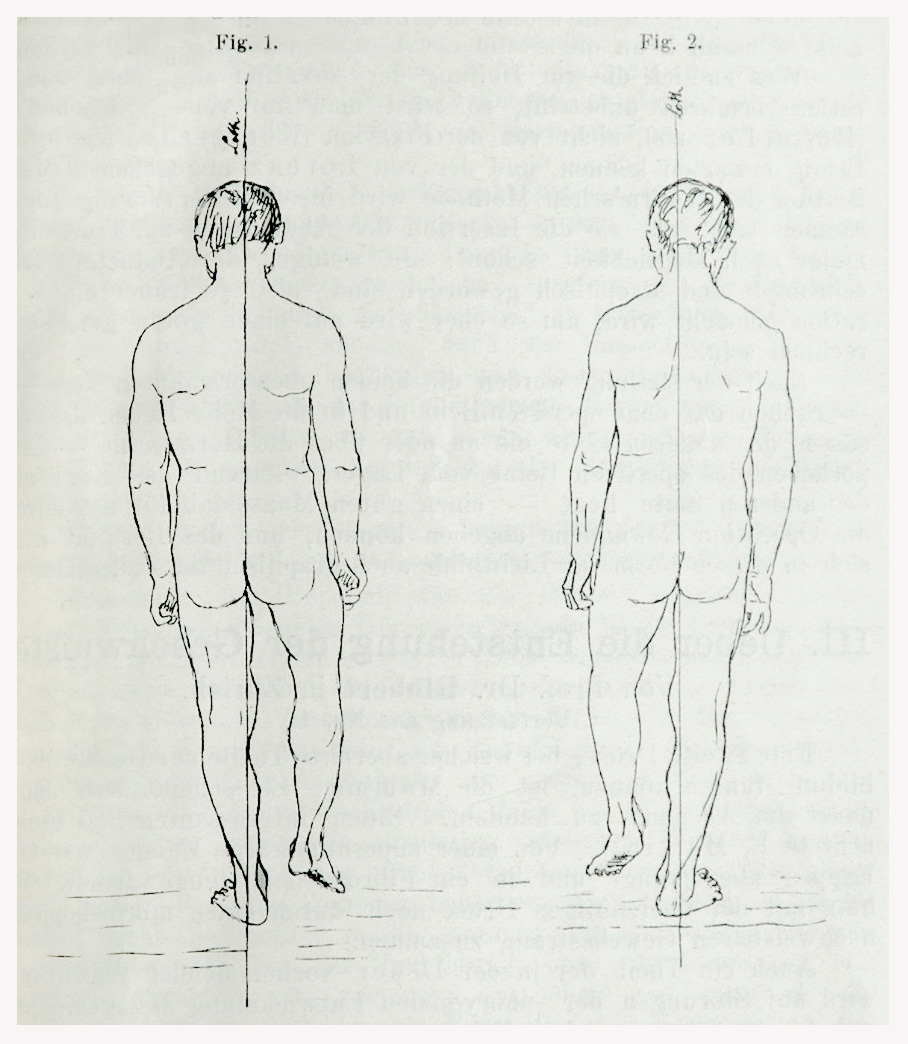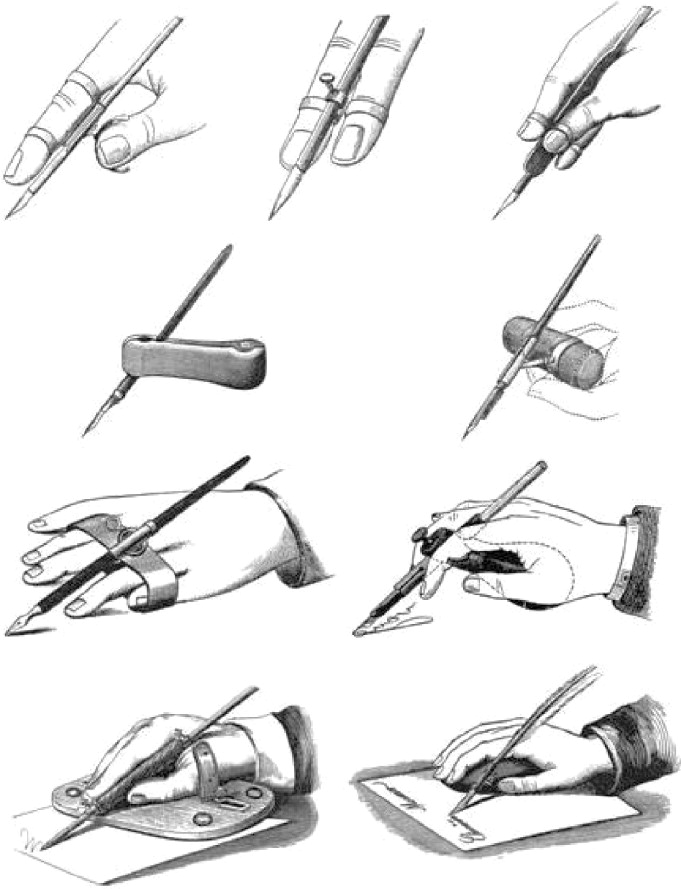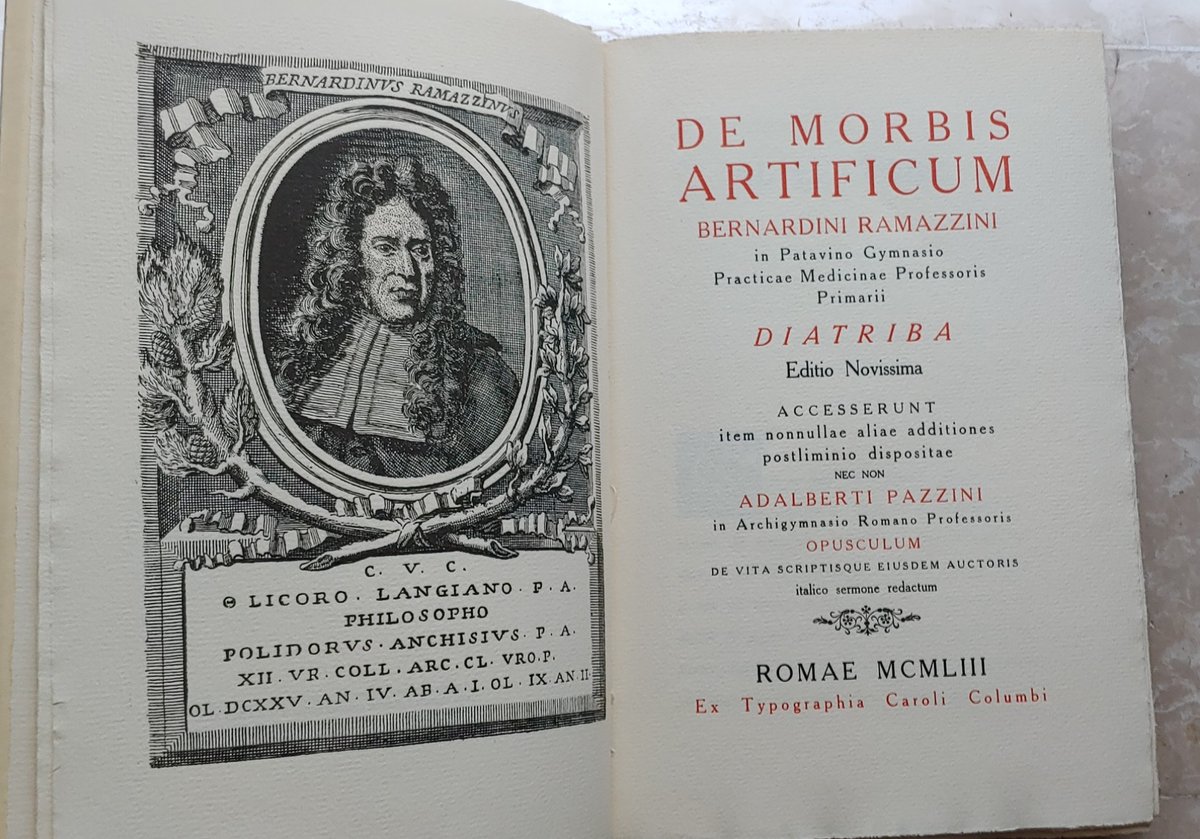
The dysfunctional little brain!!!
Part I
“regulates ‘rate, range, and force’ of movement”
Irish neurologist Gordon Morgan Holmes (1876–1965)
#MedTwitter #neurotwitter #EndNeurophobia
1/
Part I
“regulates ‘rate, range, and force’ of movement”
Irish neurologist Gordon Morgan Holmes (1876–1965)
#MedTwitter #neurotwitter #EndNeurophobia
1/

Dyssynergia
“lack of integration of the components of the act results in decomposition of movement”
- rapid ‘repetitive’ movement
via: Dr Timothy Conwell
2/
“lack of integration of the components of the act results in decomposition of movement”
- rapid ‘repetitive’ movement
via: Dr Timothy Conwell
2/
Dyssynergia
“lack of integration of the components of the act results in decomposition of movement”
- rapid ‘repetitive’ movement
via: MatthewHR1
3/
“lack of integration of the components of the act results in decomposition of movement”
- rapid ‘repetitive’ movement
via: MatthewHR1
3/
Dysmetria
“errors in judging distance and gauging the distance, speed, power, and direction of movement”
- past pointing
- hypermetria is more common
via: onlinemedicalvideo
4/
“errors in judging distance and gauging the distance, speed, power, and direction of movement”
- past pointing
- hypermetria is more common
via: onlinemedicalvideo
4/
Dysmetria
“errors in judging distance and gauging the distance, speed, power, and direction of movement”
via: Dr Hashir Malik
5/
“errors in judging distance and gauging the distance, speed, power, and direction of movement”
via: Dr Hashir Malik
5/
Dysmetria
“errors in judging distance and gauging the distance, speed, power, and direction of movement”
via: MatthewHR1
6/
“errors in judging distance and gauging the distance, speed, power, and direction of movement”
via: MatthewHR1
6/
Dysmetria
- clear instructions
- finger & foot
- index near & far
via: UCD Medicine
7/
- clear instructions
- finger & foot
- index near & far
via: UCD Medicine
7/
Dysmetria
“errors in judging distance and gauging the distance, speed, power, and direction of movement”
- modified to chin test
via: Adrienne Jackson
8/
“errors in judging distance and gauging the distance, speed, power, and direction of movement”
- modified to chin test
via: Adrienne Jackson
8/
Dysmetria
“errors in judging distance and gauging the distance, speed, power, and direction of movement”
via: Mamata Chimmalgi
9/
“errors in judging distance and gauging the distance, speed, power, and direction of movement”
via: Mamata Chimmalgi
9/
Dysdiadochokinesia
“clumsy term (coined by Babinski) that means inability to make rapid ‘alternating’ movement”
- antagonist-agonist coordination
youtube.com/c/DrTimothyCon… via: Dr Timothy Conwell
10/
“clumsy term (coined by Babinski) that means inability to make rapid ‘alternating’ movement”
- antagonist-agonist coordination
youtube.com/c/DrTimothyCon… via: Dr Timothy Conwell
10/
Dysdiadochokinesia
“clumsy term (coined by Babinski) that means inability to make rapid ‘alternating’ movement”
- antagonist-agonist coordination
via: Neuron Bundle
11/
“clumsy term (coined by Babinski) that means inability to make rapid ‘alternating’ movement”
- antagonist-agonist coordination
via: Neuron Bundle
11/
Dysdiadochokinesia
“clumsy term (coined by Babinski) that means inability to make rapid ‘alternating’ movement”
- antagonist-agonist coordination
via: MatthewHR1
12/
“clumsy term (coined by Babinski) that means inability to make rapid ‘alternating’ movement”
- antagonist-agonist coordination
via: MatthewHR1
12/
Dysdiadochokinesia Song
Dysdiadochokinesia
indicates a cerebellar lesion
rapid alternating movements
thigh, hand and foot tapping
via: Sthornhil
13/
Dysdiadochokinesia
indicates a cerebellar lesion
rapid alternating movements
thigh, hand and foot tapping
via: Sthornhil
13/
Holmes (Stewart-Holmes) rebound phenomenon
“reflex when one attempts to move a limb against resistance that is suddenly removed”
- antagonist-agonist coordination
- loss of checking response
- normal, spasticity, cerebellar
via: Mamata Chimmalgi
14/
“reflex when one attempts to move a limb against resistance that is suddenly removed”
- antagonist-agonist coordination
- loss of checking response
- normal, spasticity, cerebellar
via: Mamata Chimmalgi
14/
Holmes (Stewart-Holmes) rebound phenomenon
“reflex that occurs when one attempts to move a limb against resistance that is suddenly removed”
- loss of checking response
youtube.com/shorts/iN5YbmY… via: Dr.Pawan Soni
15/
“reflex that occurs when one attempts to move a limb against resistance that is suddenly removed”
- loss of checking response
youtube.com/shorts/iN5YbmY… via: Dr.Pawan Soni
15/
Holmes (Stewart-Holmes) rebound phenomenon
“reflex that occurs when one attempts to move a limb against resistance that is suddenly removed”
- checking response
via: UCD Medicine
16/
“reflex that occurs when one attempts to move a limb against resistance that is suddenly removed”
- checking response
via: UCD Medicine
16/
Pendular reflex
“muscle hypotonicity and the lack of normal checking of the reflex response”
- hypotonia
- decrease tonic output of the cerebellar nuclei
via: Mamata Chimmalgi
17/
“muscle hypotonicity and the lack of normal checking of the reflex response”
- hypotonia
- decrease tonic output of the cerebellar nuclei
via: Mamata Chimmalgi
17/
Pendular reflex
“muscle hypotonicity and the lack of normal checking of the reflex response”
- hypotonia
- decrease tonic output of the cerebellar nuclei
via: Real Medicine
18/
“muscle hypotonicity and the lack of normal checking of the reflex response”
- hypotonia
- decrease tonic output of the cerebellar nuclei
via: Real Medicine
18/
Pendular reflex
“muscle hypotonicity and the lack of normal checking of the reflex response”
- hypotonia
- decrease tonic output of the cerebellar nuclei
via: sthornhil
19/
“muscle hypotonicity and the lack of normal checking of the reflex response”
- hypotonia
- decrease tonic output of the cerebellar nuclei
via: sthornhil
19/
Cerebellar wrist
- hypotonia
- extended and arched dorsally
- fingers hyperextended
- tendency toward overpronation
20/
- hypotonia
- extended and arched dorsally
- fingers hyperextended
- tendency toward overpronation
20/
Scanning speech
“slow, slurred, staccato, monotonous”
- ataxic dysarthria and/or MS dysarthria
- oral motor ataxia
- speech asynergy
via: allornonelaw
21/
“slow, slurred, staccato, monotonous”
- ataxic dysarthria and/or MS dysarthria
- oral motor ataxia
- speech asynergy
via: allornonelaw
21/
Scanning speech
“slow, slurred, staccato, monotonous”
- ataxic dysarthria and/or MS dysarthria
- oral motor ataxia
- speech asynergy
via: neuro by neurologist rids
22/
“slow, slurred, staccato, monotonous”
- ataxic dysarthria and/or MS dysarthria
- oral motor ataxia
- speech asynergy
via: neuro by neurologist rids
22/
Scanning speech
“slow, slurred, staccato, monotonous”
- ataxic dysarthria and/or MS dysarthria
- oral motor ataxia
- speech asynergy
via: prohealthsys
23/
“slow, slurred, staccato, monotonous”
- ataxic dysarthria and/or MS dysarthria
- oral motor ataxia
- speech asynergy
via: prohealthsys
23/
Scanning speech
“slow, slurred, staccato, monotonous”
- ataxic dysarthria and/or MS dysarthria
- oral motor ataxia
- speech asynergy
via: UCD Medicine
24/
“slow, slurred, staccato, monotonous”
- ataxic dysarthria and/or MS dysarthria
- oral motor ataxia
- speech asynergy
via: UCD Medicine
24/
• • •
Missing some Tweet in this thread? You can try to
force a refresh














